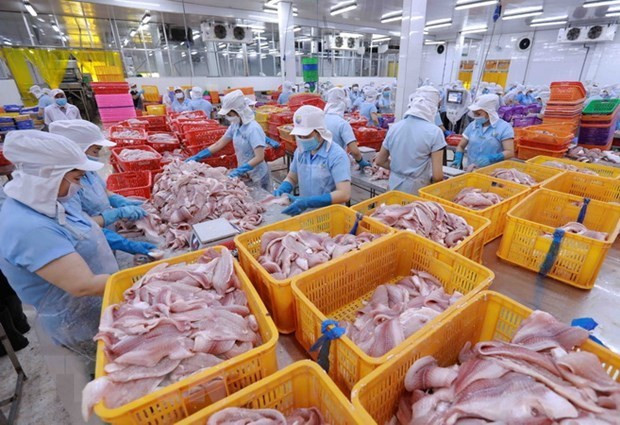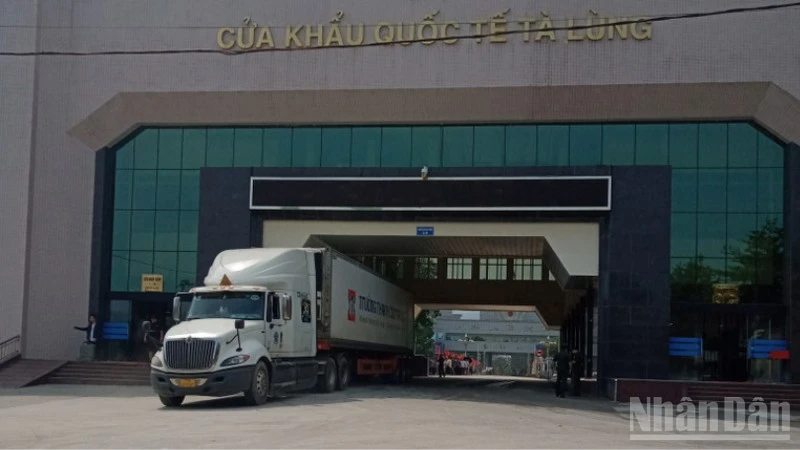Of the total, export value reached about 11.19 billion USD, down 14.4%. Imports were 9.44 billion USD, a fall of 7.2% year on year, resulting in a trade surplus of 1.76 billion USD, a drop of 39.6% year on year.
An upturn was recorded in the revenue of agricultural products (3.8%), and livestock (46.5%), while a downturn was seen in the export of forestry products (28.3%), and fisheries products (29.0%). The fall was mostly due to the decrease in product price.
Products that enjoyed strong growth in exports include rice (30.2%), fruits and vegetable (14.2%), and milk and dairy products (22.2%).
In the period, major export markets of Vietnamese agro-forestry-fisheries products were Asia with 48.8% of the market share, America with 20.3%, Europe with 12.8%, Oceania with 1.4%, and Africa at 1.2%.
Specifically, China remained the largest market of Vietnam with a consumption value of 2.4 billion USD, followed by the US with 2.04 billion USD, and Japan with 936 million USD.
The ministry reported that the export revenue of the products in March is estimated at 4.66 billion USD, representing a rise of 27% over February but a fall of 6.5% year on year. Agricultural products contributed 2.42 billion USD to the figure, forestry products 1.29 billion USD, fisheries 720 million USD, and livestock 115 million USD.
To facilitate the trade of the products, the MARD plans to focus on removing difficulties and obstacles in trading activities and reducing the negative impact of the COVID-19 pandemic and the developments in domestic and world markets.
The ministry will assist exporters in optimising the incentives offered by trade deals, including the Comprehensive and Progressive Agreement for Trans-Pacific Partnership (CPTPP) and the EU-Vietnam Free Trade Agreement (EVFTA) to strengthen exports of agro-forestry-fisheries products. It is preparing for the organisation of a conference of northern border provinces on farm produce trade with China, and participation in trade promotion events in the UK.
















